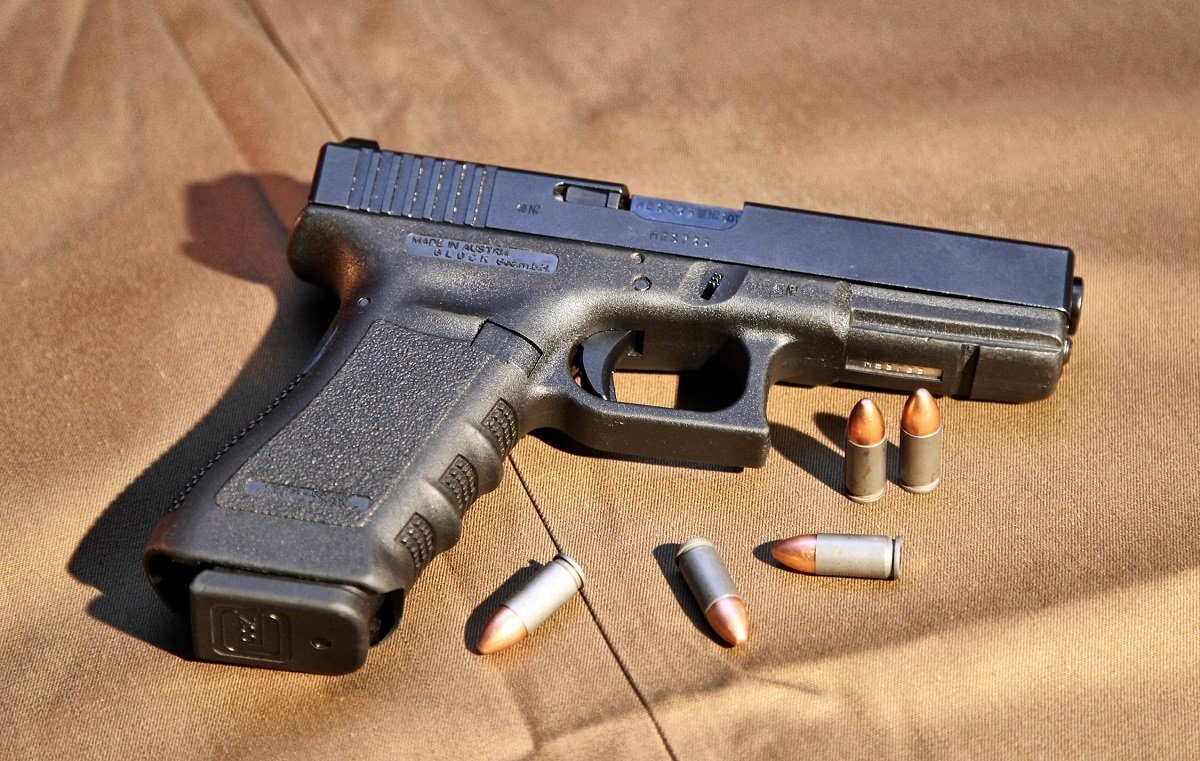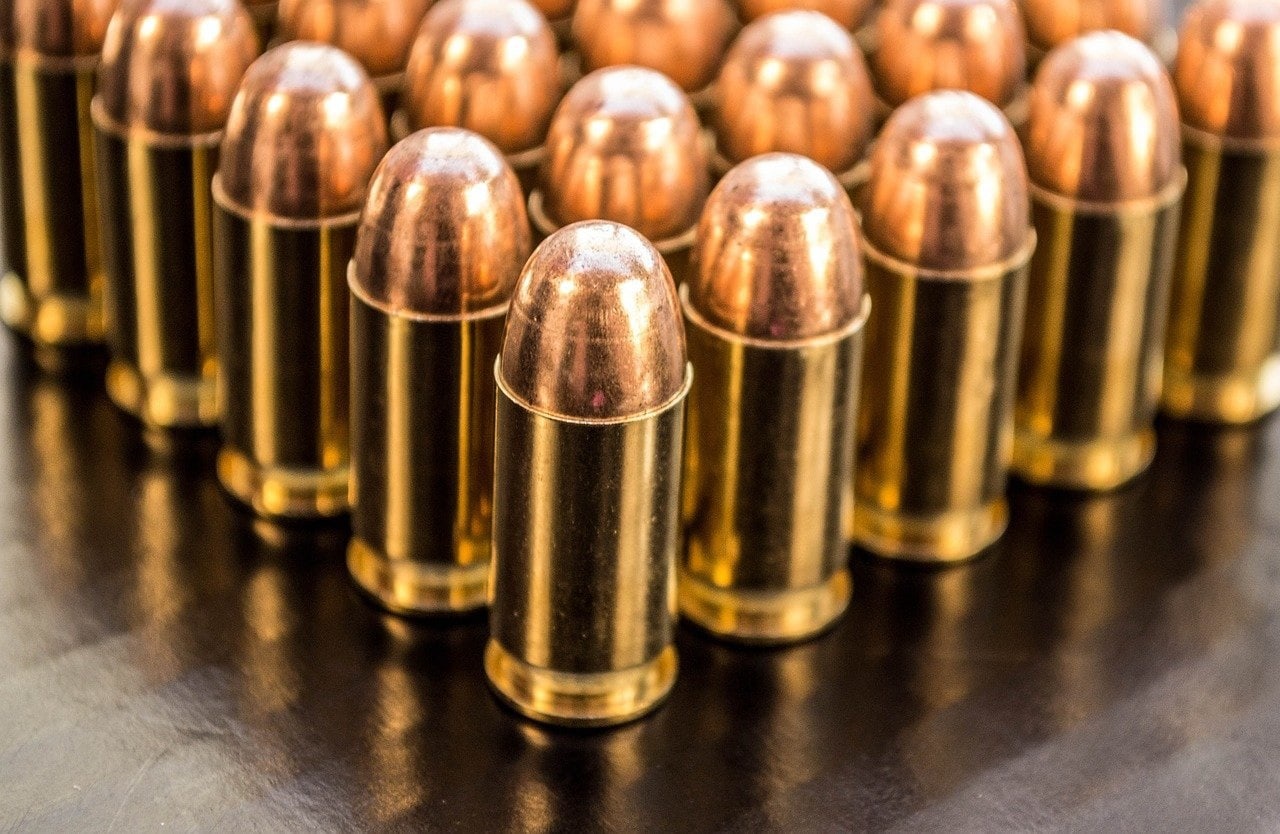What do you know about 9mm ammunition – or more accurately 9x19mm Parabellum?
If you said, “it was a German-designed round for the Luger pistol,” you’re actually only half right.
The world’s most popular handgun and submachine gun cartridge isn’t technically German, as it was designed by noted firearms innovator Georg Luger, an Austrian, in 1901.
As the cartridge was designed for the P08 Luger pistol, it was given the “9mm Luger” designation by the Sporting Arms and Ammunition Manufacturers’ Institute (SAAMI) and the Commission Internationale Permanente pour l’Epreuve des Armes à Feu Portatives (CIP).
The rimless, tapered firearms cartridge only gained in popularity after the First World War, but today about 60 percent of the firearms used by police forces globally are 9mm.
Origins of 9mm
The cartridge was derived from an earlier pistol round designed by Georg Luger, the 7.65x21mm Parabellum, which had been based on the cartridge developed for the Borchardt C-93 pistol’s 7.65x25mm Borchardt. Luger shortened the length of the cartridge used in the Borchardt self-loading pistol to better allow his firearm design to toggle lock, and to incorporate the smaller angled grip.
Where the confusion of the origin lies is that at the time Georg Luger was employed at the German firearms company Deutsche Waffen- und Munitionsfabriken (DWM). The full designation of “9x19mm Parabellum” came from DWM’s Latin motto “Si vis pacem, para bellum” (“If you seek peace, prepare for war”).
The cartridge went on to be used for the P08 Luger pistol of course, but in 1918 was used with the MP18 (Maschinenpistole 18/I.) submachine gun, and in 1928 was also used in the updated MP28 (Maschinenpistole 28/II). While the United States utilized the .45 caliber round with the Thompson submachine gun, by the Second World War numerous nations had introduced 9mm submachine guns.
In addition to the German MP38/40, during the Second World War, the British Sten Gun was chambered in 9x19mm so that British troops could use captured German ammunition. Since World War II, the 9mm cartridge has been employed with dozens of military pistols and submachine guns from around the world. It is the standard pistol caliber for NATO.
Different 9mm Loads
Since being introduced 120 years ago, there have been countless loads and variations of 9mm ammunition. This has included ball load, a special full metal jacket with subsonic muzzle velocity for use with suppressors, tracer rounds and even blanks.
Today, the 9mm +P is a high-pressure load variant. While not as high pressure as magnum, the +P, which packs more gun powder into the cartridge, has 10 percent more pressure than a standard 9x19mm round. Per the SAAMI specifications, the standard pressure for 9x19mm is 35,000 psi, whereas 9mm +P measures 38,500 psi. That could make the +P ammunition well-suited to self-defense, however, not all 9mm firearms are equipped to handle the added pressure – so users need to check that their firearm is compatible with the +P ammunition.

9mm Ammo Near a Glock Handgun. Image: Creative Commons.
Additionally, 9mm NATO, is also over-pressurized, but not to the same extent as the +P. The 9mm NATO has a service pressure of 36,500 psi, and a bullet weight between 108-grains and 128-grains. Generally safe for most 9mm firearms, gun owners should still ensure that older handguns can handle the added pressure from 9mm NATO.
There are plenty of other variations, which is why 9mm has remained the most ubiquitous firearms caliber in the world.
Peter Suciu is a Michigan-based writer who has contributed to more than four dozen magazines, newspapers and websites. He regularly writes about military small arms, and is the author of several books on military headgear including A Gallery of Military Headdress, which is available on Amazon.com.

